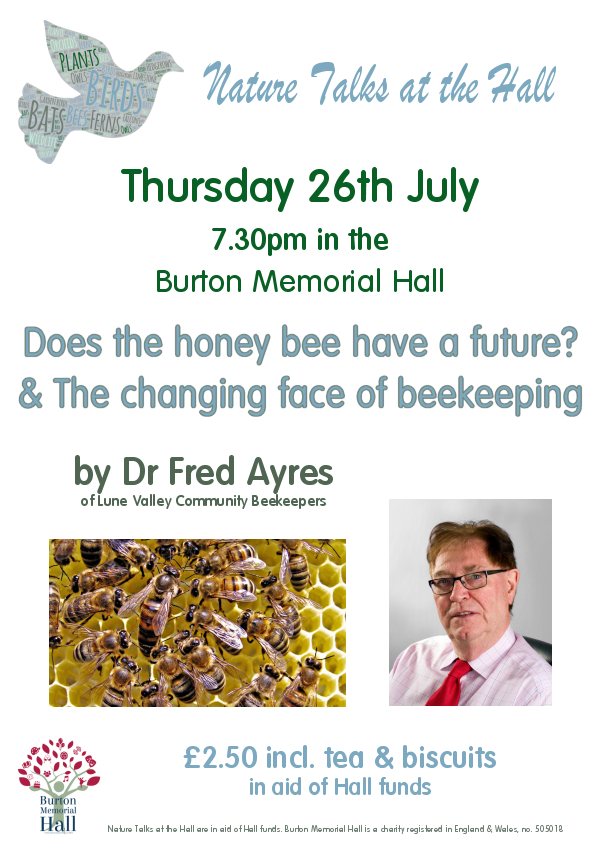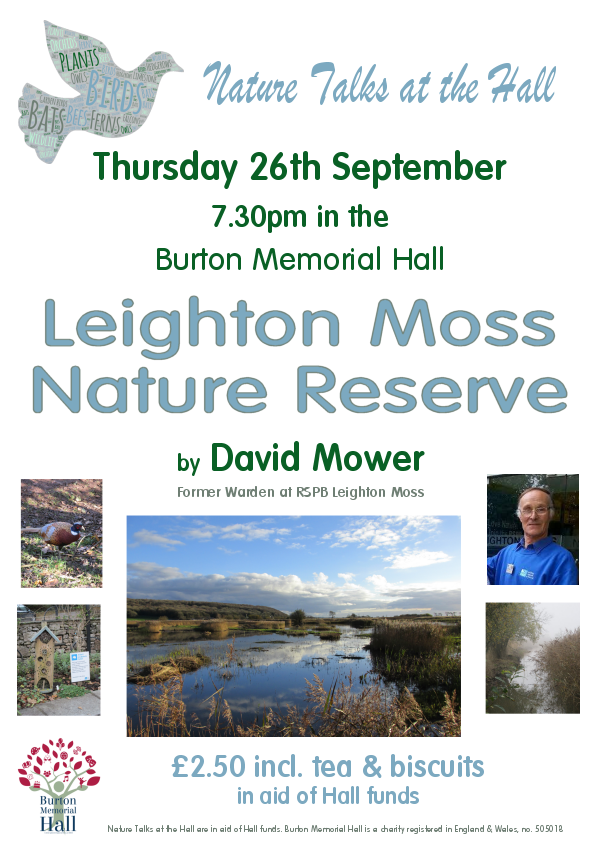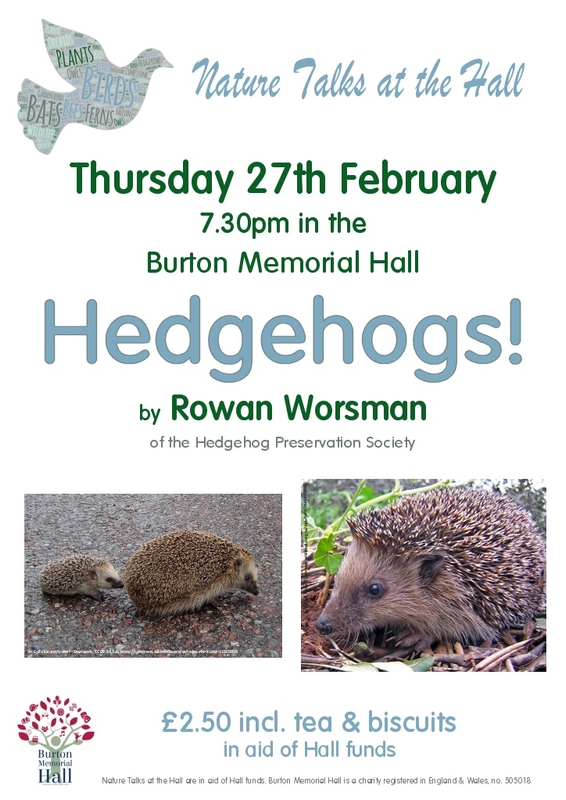We have had a really early Skylark singing away from the
upper Dalton Crags (Crag House side) on 10th February, but not heard
since . Meadow Pipits coming through
early February, but none seen since the 10th Feb (recording up to at
least the 20th) Accidentally flushing Woodcock and Snipe on a almost
daily basis. Song Thrushes have started
singing from points throughout the village with at least three singing in
Dalton Crags woodlands.
Will we see the Shrike this year, if so it usually shows from around the 7th March, The first returning Chiffchaff is as a rule the “Stoneleigh” bird which generally arrives around the 25th March, followed by the Plain Quarry and Lancelot birds and also you may get some of the early Blackcaps arriving before the end of March.
I guess it will not be long before we see the first of the hirundines with the arrival of the Sand Martins which are known to have been recorded anytime from about the middle of the month. The second to arrive will be our Swallows which although rather early I have had them on Hutton Roof Common from about the 24th of March, but usually they start to come through in numbers from about the end of the first week in April with a peak around the third week in April and they are quickly followed by the House Martins.
So what about our Swifts! A good date of arrival can be about the 4th May, but sometimes later. They do say that it is estimated that a Swift can travel up to 500 miles in a day. Most of our Swifts are thought to over winter in deepest Africa some even going as far as South Africa. I would have thought that our birds could be on their way back to us, having left their wintering quarters by late March to early April, they are known to stop over in Liberia for anything up to ten days whilst they take on fat reserves before completing their final leg of their journey over the Sahara and back to the UK.
Did you know the Swift is the fastest bird in level flight with an impressive top speed recorded of 69.3 miles per hour (111.6 kph), Did you know that a single Swift when feeding young will collect 1000 insects in just one little feed ball, and is known to collect anything up to 100,000 insects in a day.
Our Swift Bird Study Group will be in action on their return recording how many birds are seen, which nest sites will they occupy etc etc etc. It is a sad fact that Swifts have been declining rapidly with a “third” of all Swifts having been lost since 1995. Let’s try and get some Burton Swift facts for 2016, will you help us observe and record these magnificent creatures. We are so lucky to have some established sites on both the Royal Hotel and the Manor House.
If you want more details please check out our “blogsite”
anytime you wish, and this will be updated with all current observation news from
the first Swift arrivals and then up until they leave. The “blogsite” address
is: http://burtonswiftbirdstudygroup.blogspot.co.uk/
20th
February 2016

.jpg)
.jpg)




.jpg)




+(Small).jpg)
.JPG)




















